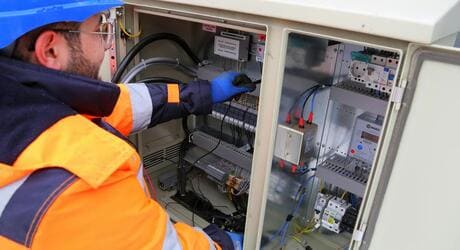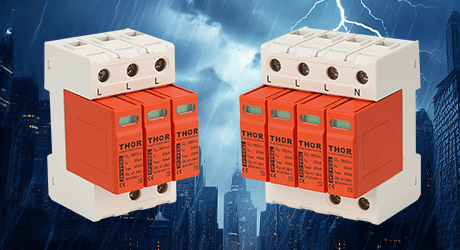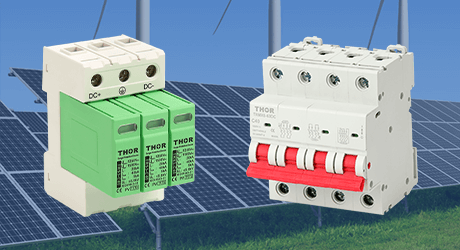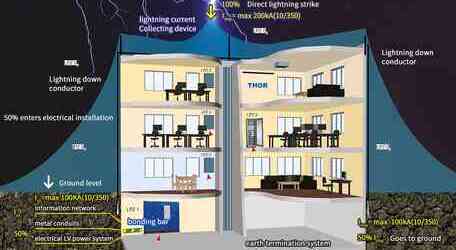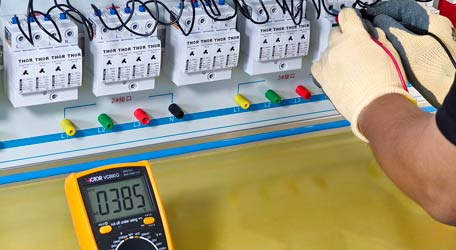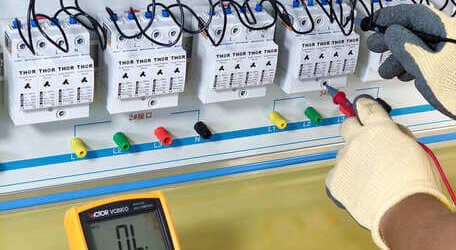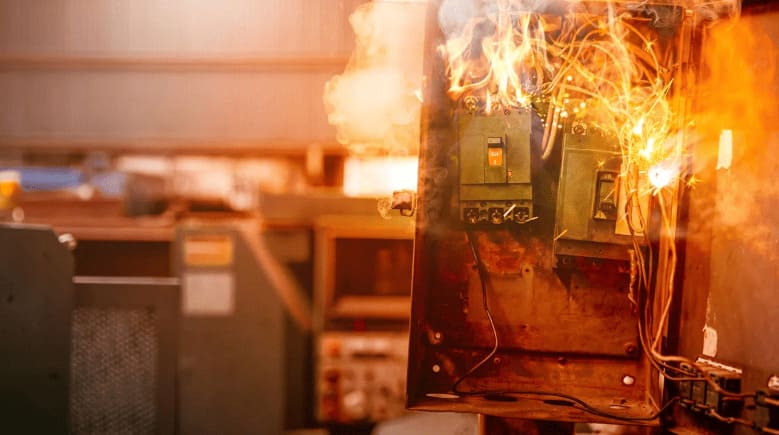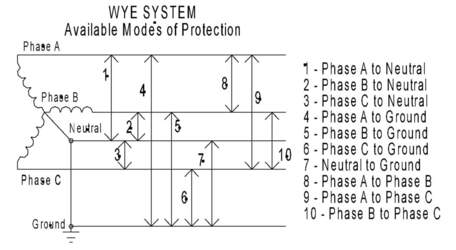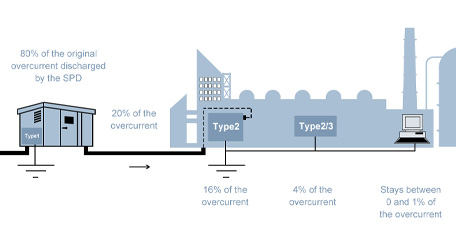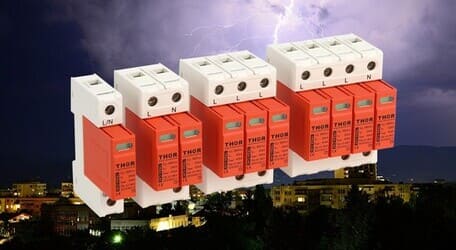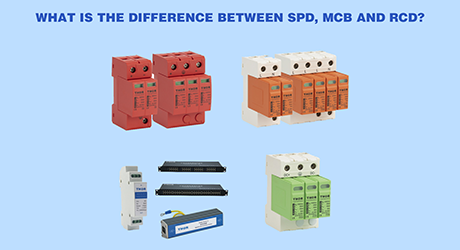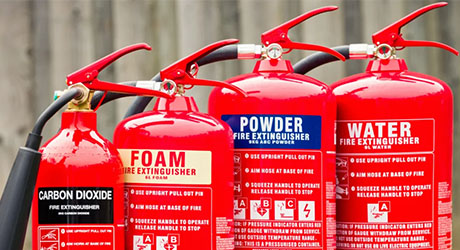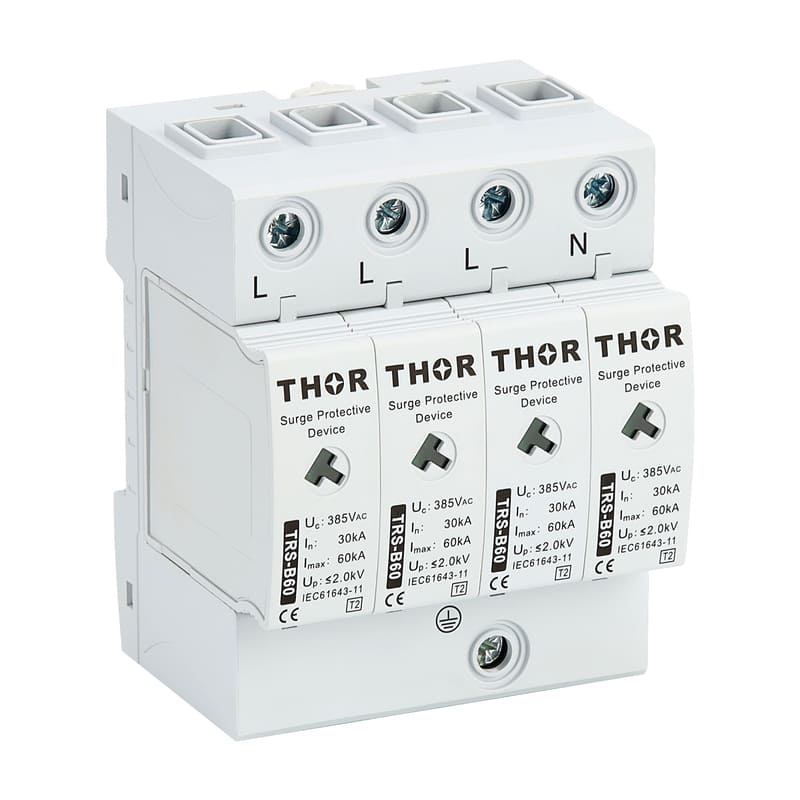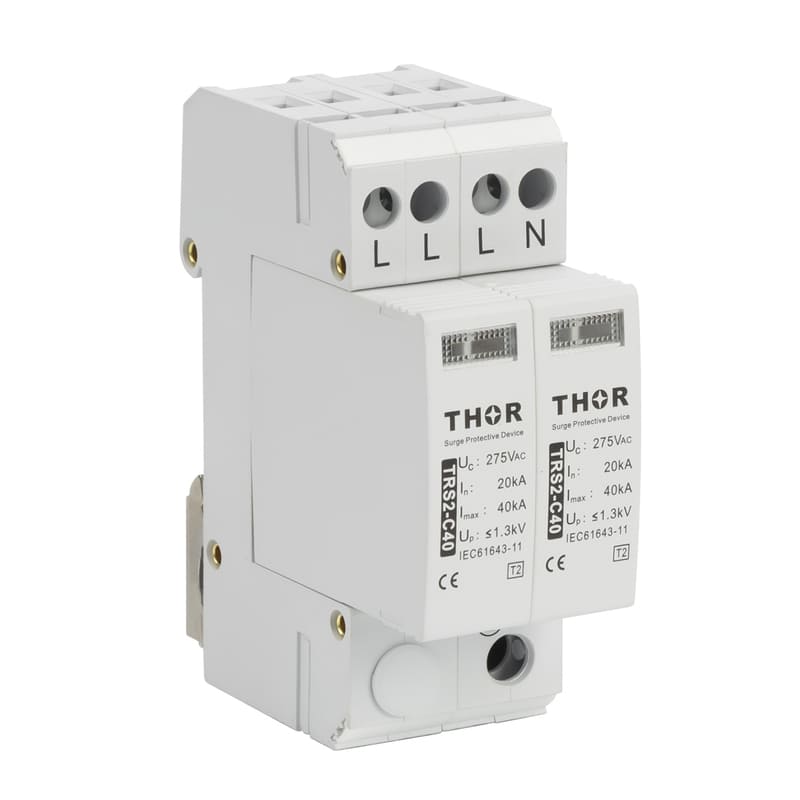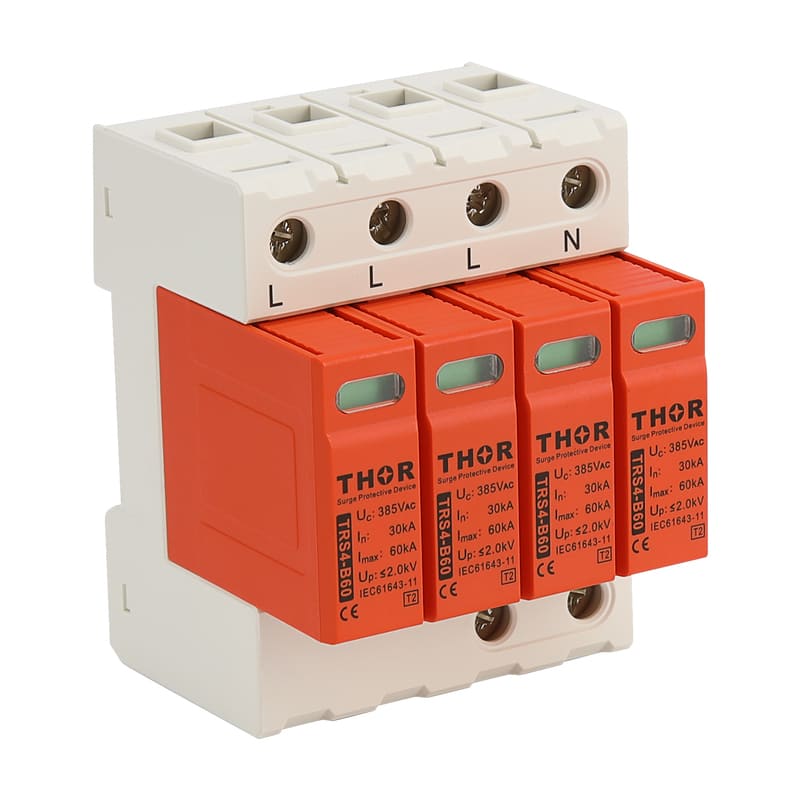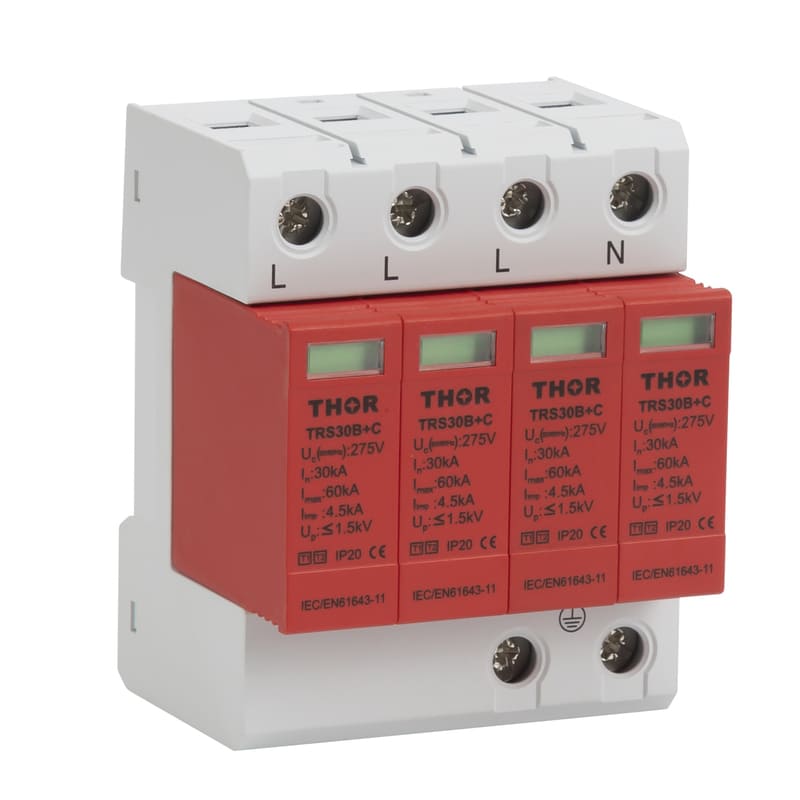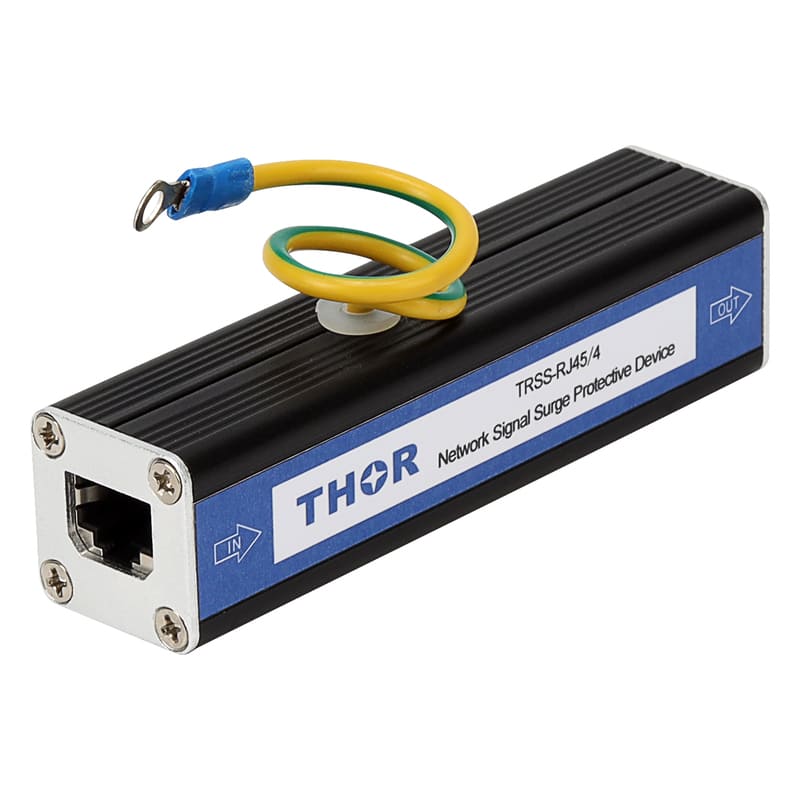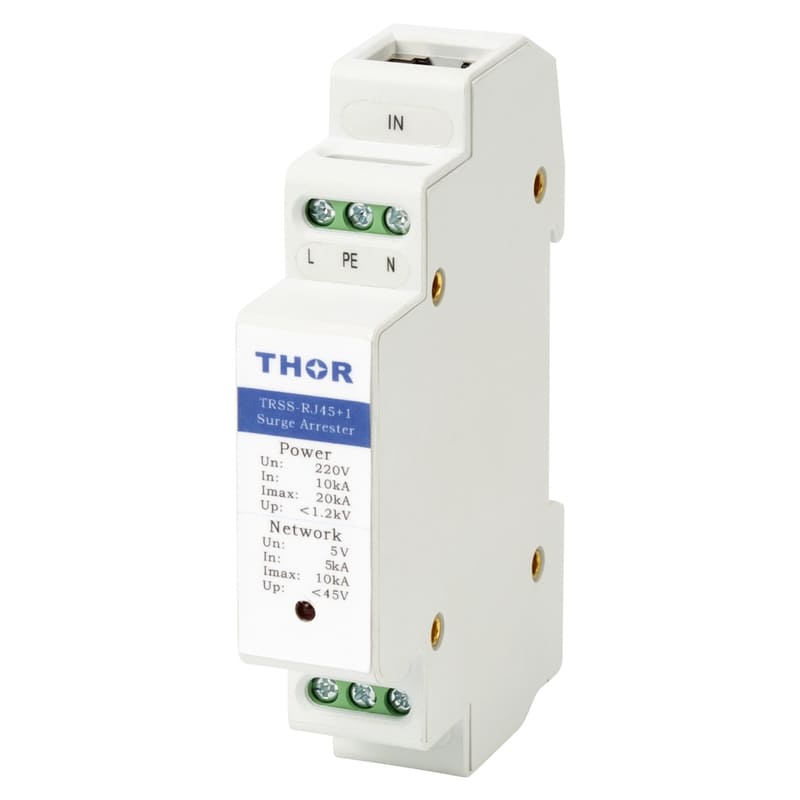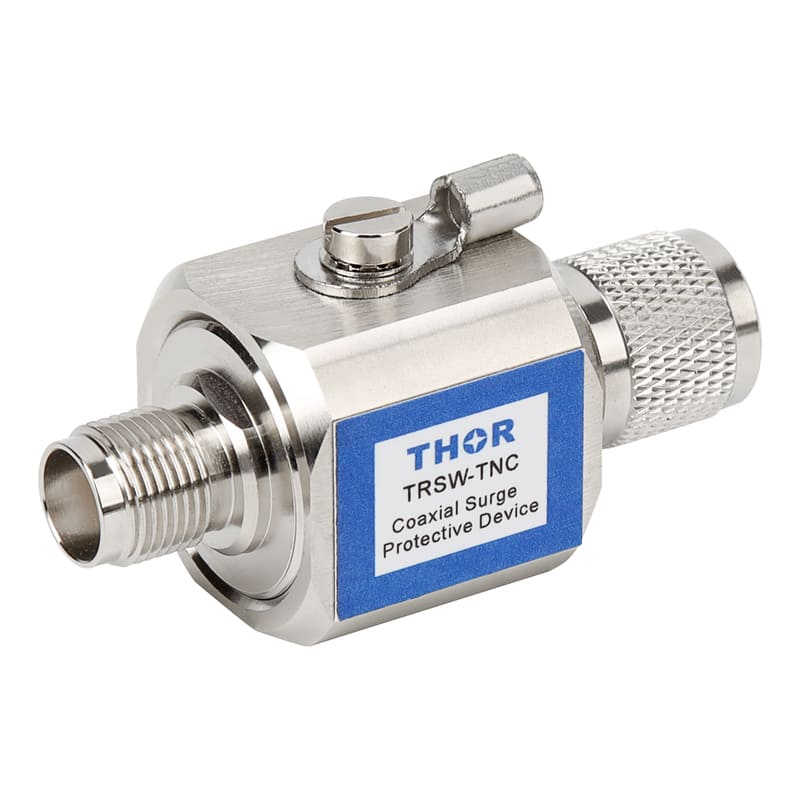Lightning protection measures and standards
Lightning currents have been measured in towers, overhead lines and artificial mine stations for quite a long time using improved methods around the world. The field measuring station also recorded the electromagnetic interference field of lightning discharge radiation. Based on these findings, lightning has been understood and scientifically defined as a source of interference in terms of existing protection issues. It is also possible to simulate extreme lightning currents in the laboratory. This is also a prerequisite for testing guards, components and equipment. Similarly, lightning interference fields used for testing information technology equipment can be simulated.
Because of such extensive basic research and the development of protection concepts, such as the concept of lightning protection areas established according to EMC organization principles, as well as appropriate protection measures and equipment against field-induced and conducted interference caused by lightning discharge, we now have the necessary conditions to protect the system so that the risk of eventual failure is kept extremely low. Thus, it is guaranteed that vital infrastructure can be protected from disaster in the event of severe weather threats.
The need for complex EMP-oriented standardization of lightning protection measures, including so-called surge protection measures, has been recognized. The International Electrotechnical Commission (IEC), the European Commission for Electrical Standards (CENELEC) and the National Standards Commission (DIN VDE, VG) are developing standards on the following issues:
• Electromagnetic interference of lightning discharge and its statistical distribution, which is the basis for determining interference levels at each protection level.
• Risk assessment methods for determining levels of protection.
• Lightning discharge measures.
• Shielding measures for lightning and electromagnetic fields.
• Anti-jamming measures for conductive lightning interference.
• Requirements and testing of protective elements.
• Protection concepts in the context of an EMC-oriented management plan.
When designing a protective system, one of the first decisions must be whether the protective equipment or device should be protected from interference as long as it is not damaged. The effect of interference is often part of the "classic" consideration of electromagnetic compatibility (EMC) for equipment; And equipment failure is the first consideration in the analysis of surge protection.
Compared with normal electromagnetic interference, lightning discharges and nuclear explosions are relatively rare and short-lived. As a result, system design is usually limited to protecting equipment from power surges. Short-term signal fluctuations are acceptable, as is the norm for a large number of standard low-voltage systems, such as industrial measurement and control devices, telecommunications and electronic data processing systems, etc. However, in some special circumstances, such as the control systems of nuclear power plants, alarm systems and military installations, false signals must be eliminated even in the case of lightning discharge or nuclear explosion. Some facilities require combined protection against lightning, operating overvoltage, electrostatic discharge, and nuclear electromagnetic pulses.

